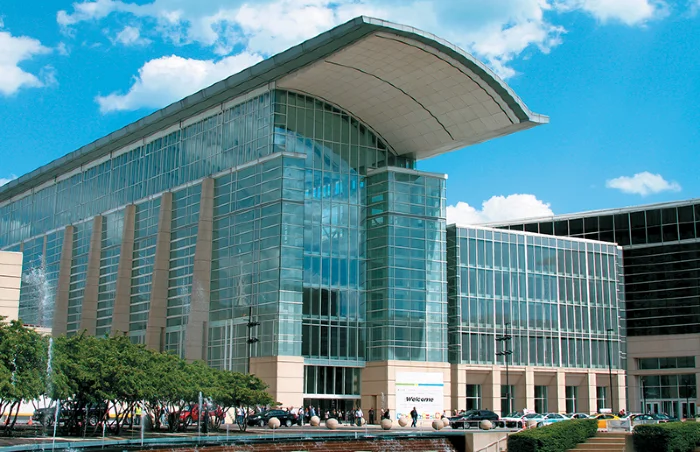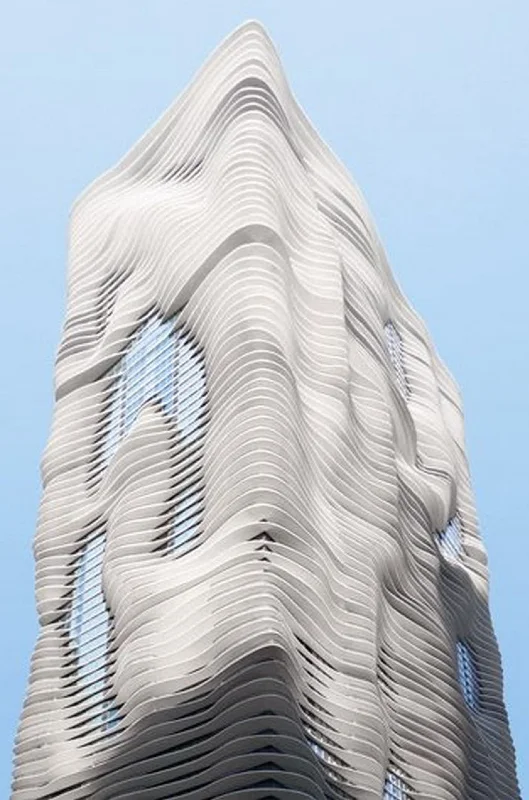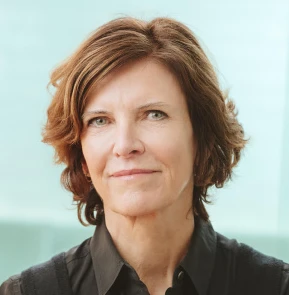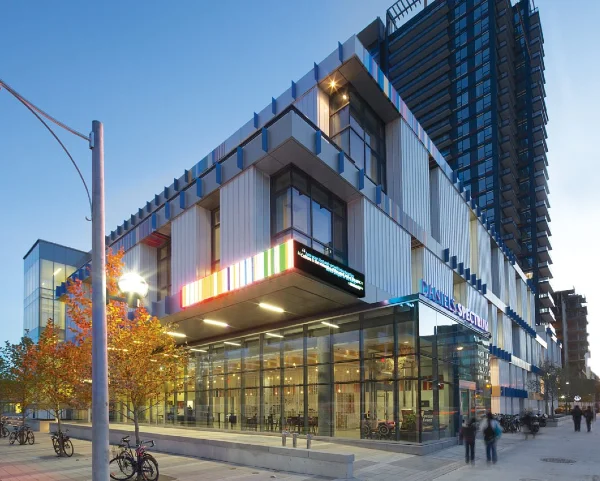Imagine a bustling cityscape, a concrete jungle where glass towers reach for the skies. Now, picture this: amidst the urban orchestra, a silent tragedy plays out daily. It’s a crisis almost invisible, yet its impact is devastating. This is the story of our feathered friends, the migratory birds, and their lethal encounters with the glass giants of our cities.
Sadly, billions of birds collide with our vast glass structures each year. Most don’t get back up and fly away.
Take, for example, the heart-wrenching incident at McCormick Place Lakeside Center in Chicago. Here, in the shadow of a modern architectural marvel, over 1,000 birds lost their lives in a single day. This isn’t just a number; it’s a wake-up call. “The scale of this tragedy was staggering,” a volunteer from the Chicago Bird Collision Monitors posted anonymously. The nonprofit has been tracking such incidents since 2003. “It’s like a bird apocalypse, right in the heart of our city.”

But what exactly turns these symbols of human achievement into death traps for birds? The answer lies in their design. Simply put, birds don’t see glass the way we do. To them, it’s either invisible or reflects the open sky, making it a deadly illusion.
The Aqua Tower in Chicago stands clearly as a proof of concept in this scenario.

Architect Jeanne Gang took on the challenge, creating a building that’s as kind to birds as it is appealing to humans. With its undulating façade and fritted glass, it’s a testament to the fact that modern architecture can coexist with nature.

Beyond the Aqua Tower, architects worldwide are joining this crusade.
In Toronto, the Daniels Spectrum adopted patterned glass, while in Singapore, the Oasia Hotel Downtown’s green façade provides a haven for birds.


And in Maine, the L.L. Bean headquarters applied a simple laminate pattern of dots to many of the windows. The company spent around $60,000 on the project, which they boast a remarkable success.

These global efforts show a growing recognition of the problem and a commitment to solving it.
The issue extends beyond just collisions. Artificial light from buildings is like a siren’s call to migratory birds, luring them off course. The Tribute in Light in New York, a poignant memorial for 9/11, unintentionally became a trap for these birds as they were mesmerized by the light, swirling around as if lost in another world.
The solution? A simple one: turning off the lights intermittently. This small change made a big difference, proving that sometimes, less is more.
This isn’t just about birds; it’s about our responsibility as stewards of this planet. Our architectural wonders should not become memorials of lost wildlife.
We need to build with a conscience. Our skylines should celebrate life, not contribute to its loss.
While the challenge is daunting, the solutions are within reach. Through thoughtful design and a little compassion, we can turn our cities into sanctuaries, not graveyards. Let’s not just coexist with nature; let’s thrive together. Because at the end of the day, the song of a bird flying safely through our cities is a melody more beautiful than any skyscraper’s silhouette against the sky.
Strategies to Prevent Bird-Window Collisions for Architects, Designers, and Homeowners
The challenge of bird-window collisions in urban and residential areas is significant, but not insurmountable. There are several effective strategies that architects, designers, and homeowners can implement to make their buildings and homes safer for birds. Here’s a comprehensive and user-friendly guide:
For Architects and Designers
- Use Bird-Friendly Glass: Opt for glass that is treated or designed to be visible to birds. This can include fritted, etched, or ultraviolet (UV) reflective glass, which has patterns visible to birds but often nearly invisible to humans.
- Incorporate Visual Markers: Apply visual markers on the glass surface. These can be horizontal or vertical stripes, dots, or other patterns spaced closely enough (ideally 2 inches horizontally and 4 inches vertically) to alert birds of the barrier.
- Design with Varied Structures: Integrate architectural elements like balconies, screens, shutters, or external shades, which not only add aesthetic value but also reduce the risk of bird strikes by breaking up reflections and providing physical barriers.
- Utilize Light Control: Implement systems for controlling internal and external lighting, especially during migration seasons. Excessive light can disorient birds, leading them towards buildings.
- Integrate Vegetation Thoughtfully: When designing landscapes around buildings, consider placing trees and shrubs at a safe distance from glass surfaces to reduce reflection and confusion for birds.
- Angled Glass: Slightly angling glass downwards reduces reflections of the sky and trees, which are often mistaken by birds as a continuation of their flying path.
- Prioritize Building Location and Orientation: Consider the surrounding environment and bird migration paths when planning new structures. Placement and orientation of buildings can significantly impact bird safety.
For Homeowners with Large Windows
- Window Decals and Films: Apply decals or bird-safe films to your windows. These are transparent to humans but visible to birds, helping them recognize the barriers. One or two will be enough, so apply the decals generously.
- Install External Screens or Netting: Adding screens or netting outside of windows can break up reflections and prevent birds from hitting the glass.
- Use Bird Tape or Paint: Applying bird tape in a grid pattern or using paint to create designs on windows can deter birds from approaching.
- Strategic Feeder Placement: Place bird feeders either very close (less than 3 feet) or quite far (over 30 feet) from windows. This reduces the chance of birds gaining enough momentum to injure themselves if they do hit a window.
- Close Blinds and Curtains: Keeping blinds or curtains partially closed can reduce reflections and transparency, making windows more noticeable to birds.
- Motion-Activated Lights: Replace constant bright outdoor lighting with motion-activated lights to minimize disorientation and attraction to the windows.
- Create Visual Noise: Hanging objects like wind chimes or moving decorations near windows can alert birds to the presence of a barrier.
- Plant Native Shrubs and Trees: Instead of having large open areas that lead directly to windows, planting native vegetation can create a buffer zone and reduce the likelihood of collisions.
By adopting these practices, architects, designers, and homeowners can significantly reduce the number of bird fatalities caused by window collisions. These solutions not only contribute to bird conservation but also encourage a harmonious coexistence between urban development and the natural environment.



















